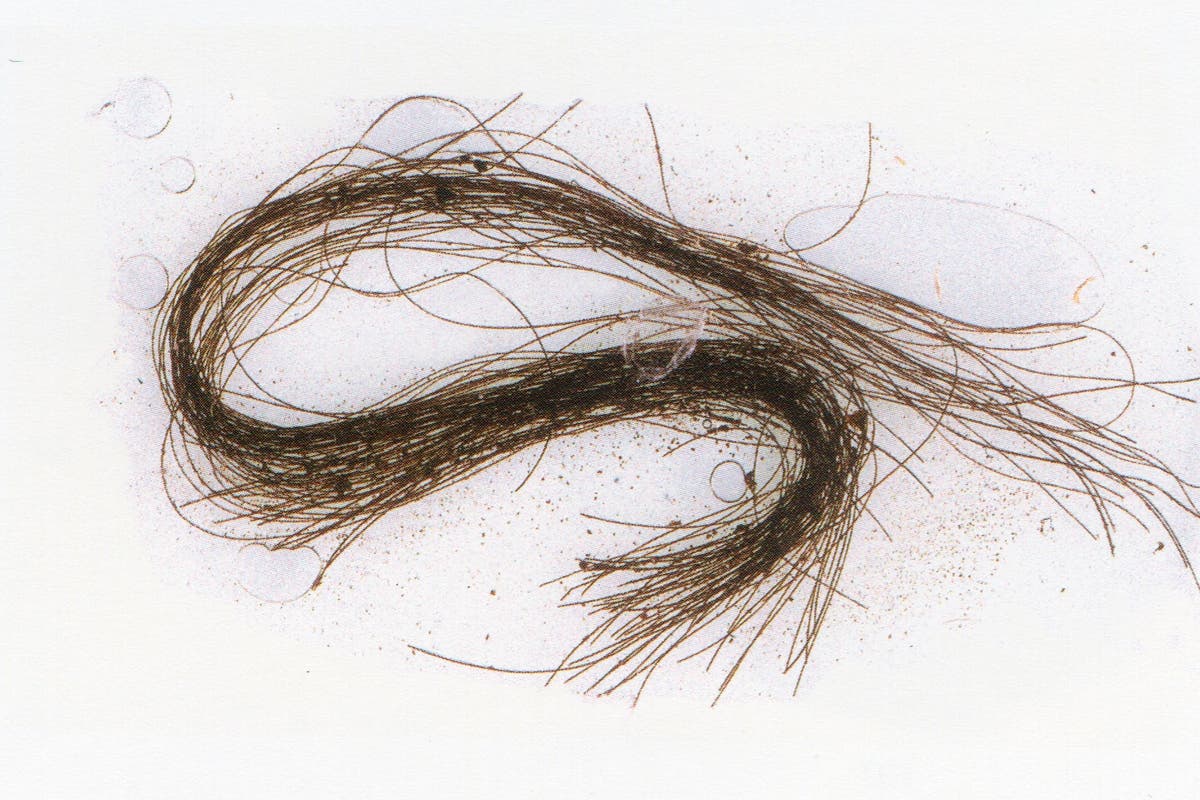
Researchers find evidence of drug use during Bronze Age ceremonies
The IndependentSign up for our free Health Check email to receive exclusive analysis on the week in health Get our free Health Check email Get our free Health Check email SIGN UP I would like to be emailed about offers, events and updates from The Independent. Read our privacy policy Researchers have found evidence of drug use during Bronze Age ceremonies. Considering the potential toxicity of the alkaloids found in the hair, their handling, use and applications represented highly-specialised knowledge Study authors Atropine and scopolamine are naturally found in the nightshade plant family and can induce delirium, hallucinations and altered sensory perception. Previous evidence of prehistoric drug use in Europe has been based on indirect evidence such as the detection of opium alkaloids in Bronze Age containers, the finding of remains of drug plants in ritualistic contexts and the appearance of drug plants in artistic depictions. Elisa Guerra-Doce, from the Universidad de Valladolid in Spain, and colleagues examined strands of hair from the Es Carritx cave in Menorca, which was first occupied around 3,600 years ago and contained a chamber used as a funeral space until around 2,800 years ago.
History of this topic
Discover Related


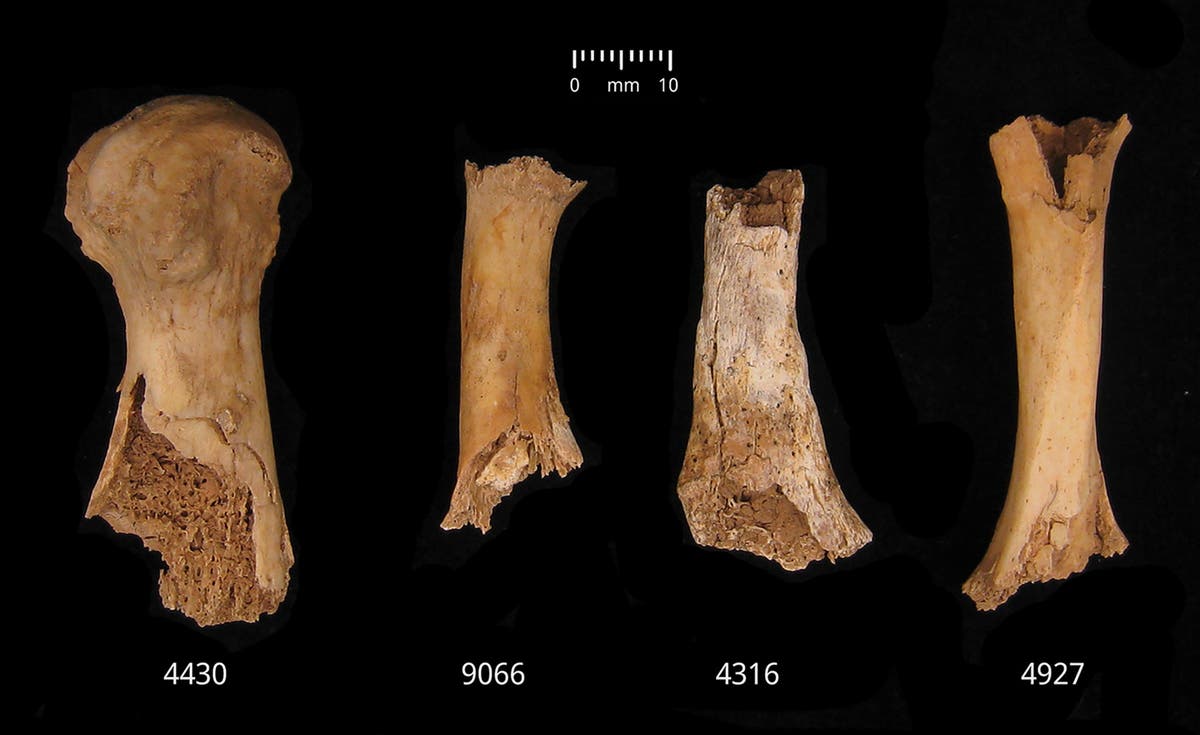


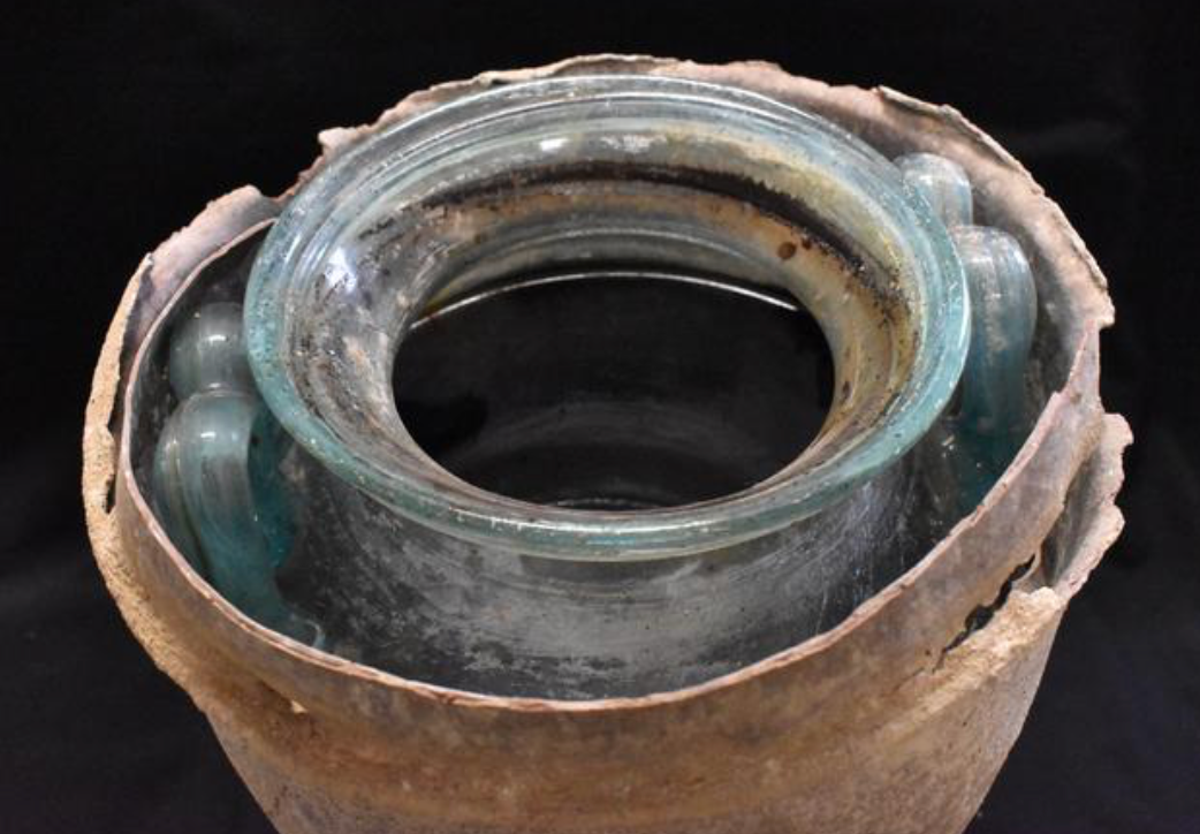

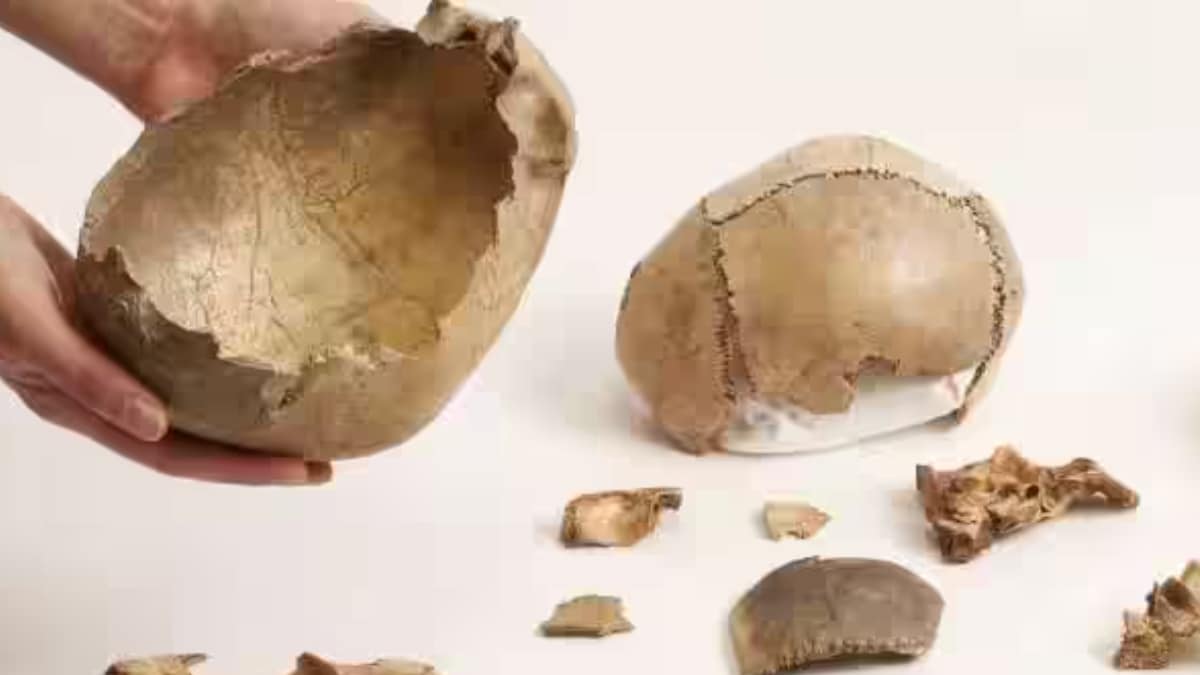
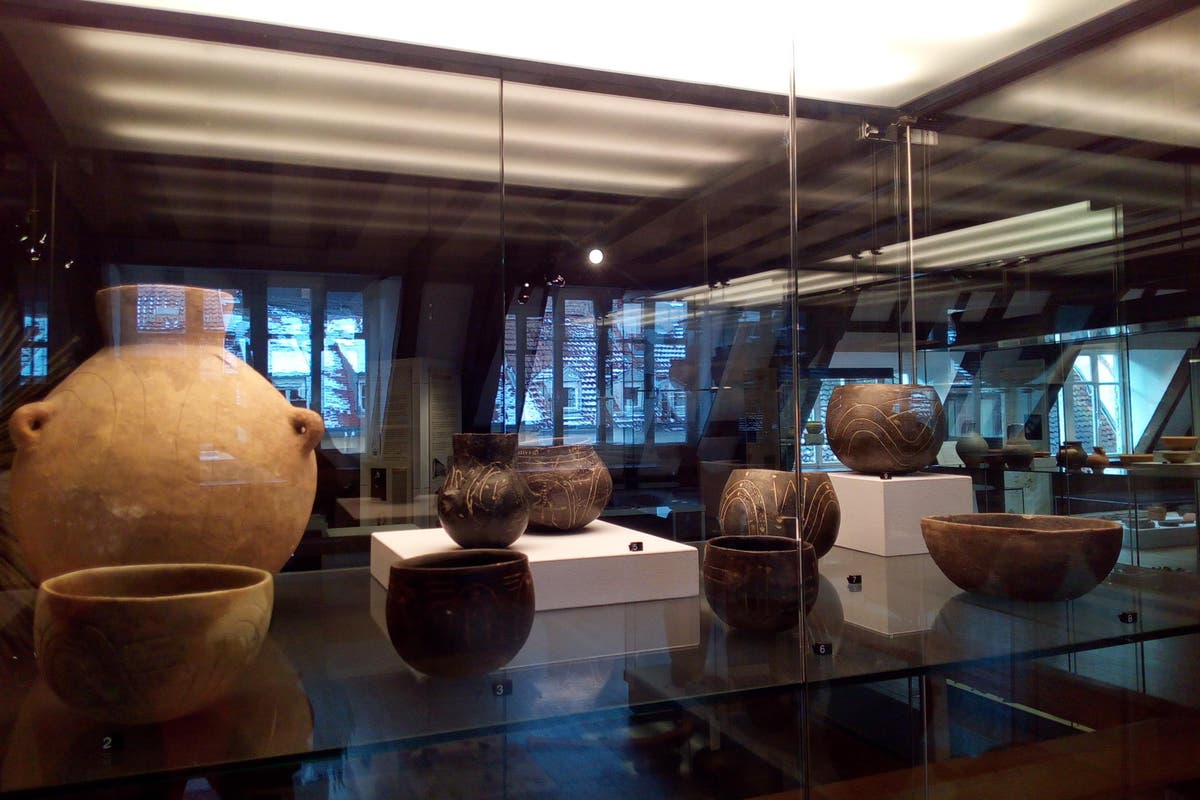

)
)


)





